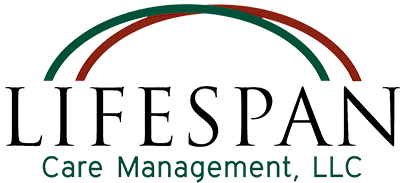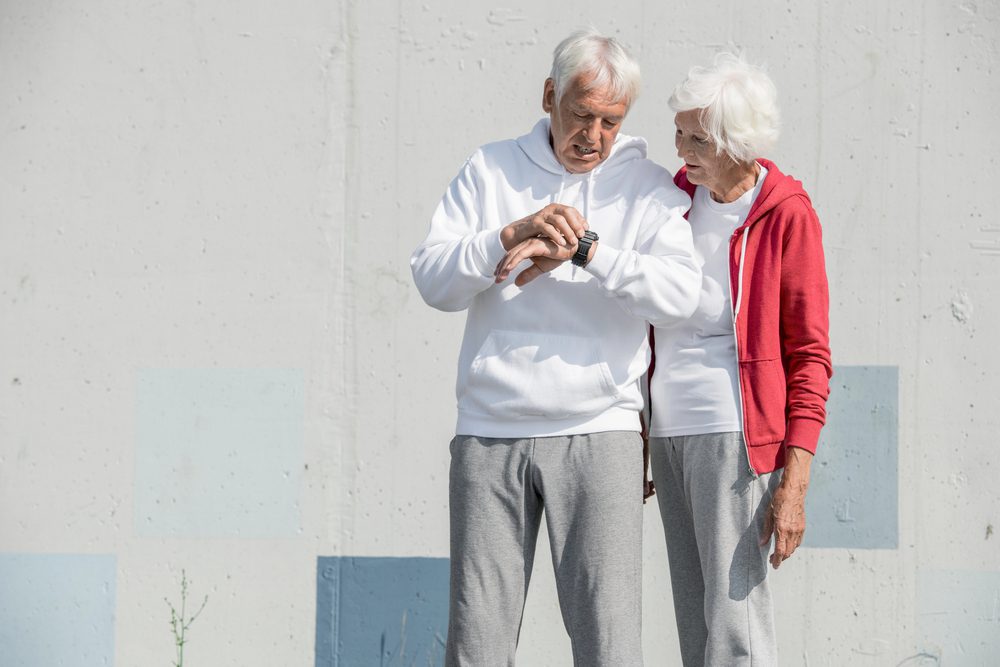As healthcare continues to evolve, one of the most impactful innovations in chronic care management is Remote Patient Monitoring (RPM). This technology, which enables patients and healthcare providers to stay connected in real time from the comfort of home, is revolutionizing how we manage chronic conditions like diabetes, hypertension, heart disease, and respiratory illnesses. By harnessing the power of telehealth, RPM offers a new level of convenience, accuracy, and personalization in healthcare.
What is Remote Patient Monitoring (RPM)?
Remote Patient Monitoring refers to the use of digital health tools, including wearable devices and home monitoring systems, to collect and transmit patient health data to healthcare providers. This data can include vital signs such as blood pressure, glucose levels, oxygen saturation, and heart rate, which are sent electronically for analysis. RPM makes it easier for providers to track patient progress, adjust treatment plans, and intervene early if necessary—without requiring patients to leave their homes.
How Does RPM Benefit Chronic Disease Management?
Early Detection of Complications
One of the key advantages of RPM is its ability to detect health changes early. Continuous monitoring of chronic conditions allows healthcare providers to notice subtle shifts in a patient’s health before they become serious issues. For example, a small increase in blood pressure or blood sugar can be flagged early, prompting an intervention that can prevent an emergency situation down the road. This proactive approach to care leads to better outcomes and fewer hospital admissions.
Improved Access to Healthcare
For patients with mobility issues or those living in rural areas, RPM offers a lifeline to healthcare services that might otherwise be difficult to access. By eliminating the need for frequent in-person visits, RPM reduces the barriers to care and ensures that patients can receive ongoing support, regardless of their location. This accessibility is especially valuable for elderly patients or individuals with limited transportation options.
Personalized Care
RPM provides healthcare teams with a steady stream of real-time data, enabling them to make informed decisions and create highly tailored care plans. Whether it’s adjusting medications, modifying lifestyle recommendations, or adding new therapies, providers can respond promptly based on a patient’s specific health trends. This continuous feedback loop enhances care coordination and fosters a more personalized patient experience.
Cost-Effective Care
For both patients and healthcare systems, RPM can be a more cost-effective solution than traditional in-person visits. It reduces the need for frequent emergency room visits or hospital admissions, lowering overall healthcare costs. Additionally, RPM often reduces the need for travel expenses and time away from work, improving the financial and logistical burden on patients.
Better Patient Engagement and Empowerment
With RPM, patients become active participants in their own care. By receiving real-time updates and notifications about their health, they are empowered to make informed decisions about their treatment and lifestyle. This greater engagement leads to improved adherence to care plans, healthier behaviors, and ultimately better management of chronic conditions.
RPM Tools: The Technology Behind the Care
- Wearable Devices – Smartwatches, fitness trackers, and medical-grade devices can monitor heart rate, oxygen levels, activity, and sleep patterns.
- Blood Pressure Monitors – Digital blood pressure cuffs that can transmit readings directly to the healthcare provider.
- Glucometers – Devices that track blood sugar levels and send results to the patient’s medical team for analysis.
- Pulse Oximeters – These devices measure oxygen saturation and can alert doctors if levels fall outside safe ranges.
- Mobile Apps – Many RPM solutions include apps that allow patients to view their own health data, schedule appointments, or communicate directly with care providers.
How Life Span Care Management Supports RPM
At Life Span Care Management, we embrace the latest in telehealth and RPM technology to enhance the care we provide. By incorporating RPM into our comprehensive care plans, we offer our patients continuous support, more personalized treatment, and faster responses to health changes. Our goal is to ensure that each patient receives the care they need when they need it—without unnecessary hospital visits or delays.
Are you ready to experience the benefits of RPM in managing your chronic condition?
Contact Life Span Care Management today to learn how our RPM services can enhance your care and improve your quality of life.

